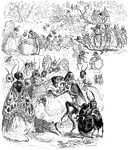
Cochineal (Female)
An illustration of a female Cochineal. Cochineal is the name of both crimson or carmine dye and the…
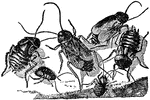
Cockroach
An illustration of a male (right) and female (left) cockroach. Cockroaches (or simply "roaches") are…
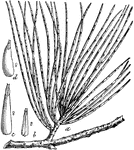
Pine Needle Scale
"a, Scales of Chionaspis pinifoliae upon pine-leaves, natural size; b, scale of male, enlarged; c, straight…
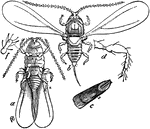
Scale Insect
"Scale-insect. Oyster-shell bark-louse of the apple (Mytilaspis pomorum); male. a, ventral view with…
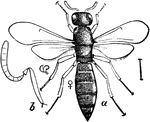
Scelio
Scelio is a genus of parasitic insects of the Proctotrypidae family. "Scelio famelicus. a, female; b,…
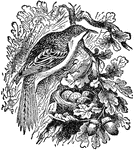
Brown Creeper
The Brown Creeper (Mohoua novaeseelandiae), also known by its Māori name, Pipipi, is a small…
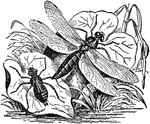
Dragon Fly and Nymph
An illustration of a dragon fly (right) and a nymph (left). A dragonfly is a type of insect belonging…

Flea Larva
An illustration of the larva of a common flea. Flea larvae emerge from the eggs to feed on any available…

Female Grasshopper
Grasshoppers are insects of the suborder Caelifera in the order Orthoptera. To distinguish them from…

Hop Aphid (Female)
An illustration of a female hop aphid. Aphids, also known as plant lice (and in Britain as greenflies),…
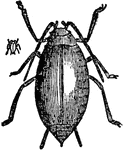
Hop Aphid (Larva)
An illustration a hop aphid in larval form. Aphids, also known as plant lice (and in Britain as greenflies),…

Sundew
The Sundews (Drosera rotundifolia) comprise one of the largest genera of carnivorous plants, with over…

Parasite Wasp Larva
The larva of Sigalphus curculionis, a species of parasitoid wasps. These insects use other insects as…

Parasite Wasp Cocoon
The cocoon of Sigalphus curculionis, a species of parasitoid wasps. These insects use other insects…

Parasite Wasp Pupa
The pupa of Sigalphus curculionis, a species of parasitoid wasps. These insects use other insects as…

Female Adult Parasite Wasp
The female adult of Sigalphus curculionis, a species of parasitoid wasps. These insects use other insects…
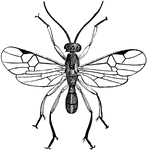
Male Adult Parasite Wasp
The male adult of Sigalphus curculionis, a species of parasitoid wasps. These insects use other insects…

Goliath Beetle
The Goliath beetles are among the largest insects on Earth, if measured in terms of size, bulk and weight.…
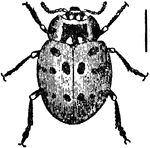
Ladybug
Coccinellidae is a family of beetles, known variously as ladybirds (British English, Australian English,…

Myrtle
The Myrtle (Myrtus) is a genus of one or two species of flowering plants in the family Myrtaceae, native…
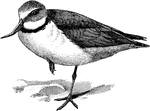
Wry-bill
Anarhynchus frontalis, the Wry-bill of New Zealand, is grey, with a black gorget and whitish lower parts;…
Protozoan
Gregarina, a protozoan, various species which live in the alimentary canal of crayfishes, centipeds,…
Protozoan
Gregarina, a protozoan, various species which live in the alimentary canal of crayfishes, centipeds,…

Protozoan
Gregarina, a protozoan, various species which live in the alimentary canal of crayfishes, centipeds,…

Protozoan
Gregarina, a protozoan, various species which live in the alimentary canal of crayfishes, centipeds,…
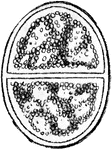
Protozoan
Gregarina, a protozoan, various species which live in the alimentary canal of crayfishes, centipeds,…

Protozoan
Gregarina, a protozoan, various species which live in the alimentary canal of crayfishes, centipeds,…
Peripatus
Peripatus is a genus of Onychophora (Velvet worms). It is said to be a living fossil because it has…

Cockroach
Cockroaches or roaches are insects of the order Blattaria. This name derives from the Latin word for…

Locust
Locust is the swarming phase of short-horned grasshoppers of the family Acrididae. These are species…
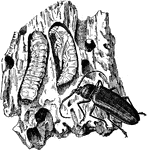
Beetle
Beetles are the group of insects with the largest number of known species. The general anatomy of beetles…
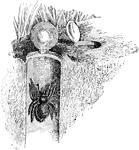
Trapdoor Spider
Spiders (order Araneae) are air-breathing chelicerate arthropods. Trapdoor spiders, of family Ctenizidae,…
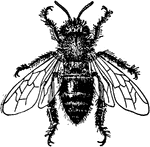
Honey Bees
Bees are flying insects closely related to wasps and ants. Honey bees (or honeybees) are a subset of…

Honey Bees
Bees are flying insects closely related to wasps and ants. Honey bees (or honeybees) are a subset of…

Metamorphosis of a Monarch Butterfly
A butterfly is an insect of the order Lepidoptera. Like all Lepidoptera, butterflies are notable for…
Metamorphosis of a Monarch Butterfly
A butterfly is an insect of the order Lepidoptera. Like all Lepidoptera, butterflies are notable for…
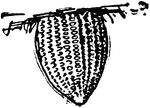
Metamorphosis of a Monarch Butterfly
A butterfly is an insect of the order Lepidoptera. Like all Lepidoptera, butterflies are notable for…
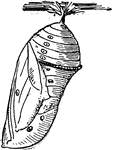
Metamorphosis of a Monarch Butterfly
A butterfly is an insect of the order Lepidoptera. Like all Lepidoptera, butterflies are notable for…

Metamorphosis of a Mosquito
Mosquitoes are common flying insects in the family Culicidae that are found around the world. Mosquito…
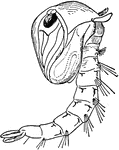
Metamorphosis of a Mosquito
Mosquitoes are common flying insects in the family Culicidae that are found around the world. The pupa…

Scale Insects
The scale insects are small insects of the order Hemiptera, generally classified as the superfamily…

Scale Insects
The scale insects are small insects of the order Hemiptera, generally classified as the superfamily…
Honey Bees
Bees are flying insects closely related to wasps and ants. Honey bees (or honeybees) are a subset of…
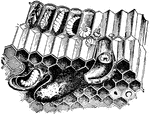
Honey Bees
Bees are flying insects closely related to wasps and ants. Honey bees (or honeybees) are a subset of…
Carpenter Bee
Carpenter bees are large, hairy bees distributed worldwide. Their name comes from the fact that nearly…

Mining Bee
Mining bees, or digger bees, (familys Andrenidae & Anthophoridae) nest in burrows in the ground. Each…

Ichneumon Fly
Ichneumon flies are solitary insects, and most are parasitoids—the larvae feeding on or in another…

Ichneumon Fly
Ichneumon flies are solitary insects, and most are parasitoids—the larvae feeding on or in another…
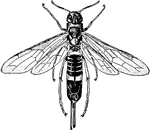
Pigeon Horntail
An insect known as the pigeon horntail (Tremex columba) deposits its eggs, by means of a strong, piercing…

Scale Insects
The scale insects are small insects of the order Hemiptera, generally classified as the superfamily…

Scale Insects
The scale insects are small insects of the order Hemiptera, generally classified as the superfamily…
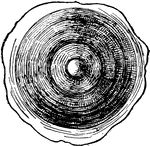
Scale Insects
The scale insects are small insects of the order Hemiptera, generally classified as the superfamily…
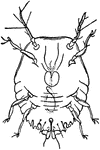
Scale Insects
The scale insects are small insects of the order Hemiptera, generally classified as the superfamily…

Scale Insects
The scale insects are small insects of the order Hemiptera, generally classified as the superfamily…

Tomato Worm
The Five-Spotted Hawkmoth (Manduca quinquemaculata) is a brown and gray hawk moth of the Sphingidae…

Puss Moth
The Puss Moth (Cerura vinula) is a lepidoptera from the family Notodontidae. The puss moth is stinging…



